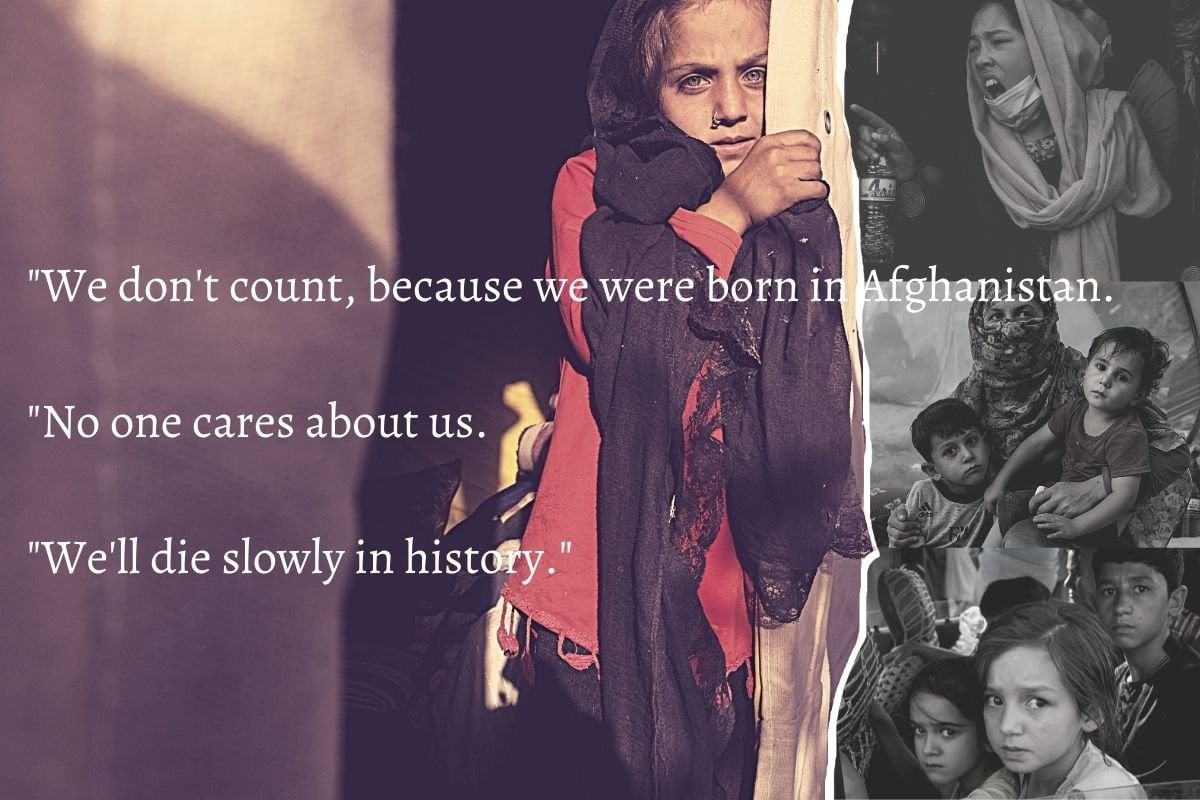
20 years after the devastation of 9/11, the world is watching on in horror as the Taliban, city by city, overthrow the government of Afghanistan.
Taliban forces moved into the capital of Kabul and the presidential palace early on Sunday, after taking control of Afghanistan in just over a week.
Thousands of foreigners and Afghans - including the country's president - are fleeing to safety, as the terrorist group declare Afghanistan the 'Islamic Emirate of Afghanistan.'
Watch: Afghanistan’s Minister of Education Rangina Hamidi says she is fearful "like every woman in Afghanistan". Post continues after video.
Educated Afghan women have among the most to lose under the fundamentalist Taliban, whose past government, overthrown by the US-led invasion in 2001, sought to largely confine women to the home.
We're already seeing women and girls being subjected to abhorrent violence as the Taliban re-asserts their power.
First, a brief history on the war in Afghanistan.
America and its allies first entered Afghanistan in 2001 after the 9/11 attacks to find and kill organiser Osama Bin Laden, dismantle al-Qaeda and remove the Taliban from power.


Top Comments
"At some stage, the locals have to decide whether they believe their freedom is worth fighting for. "